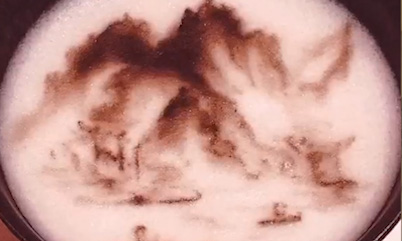New studies find more evidence supporting natural origin of SARS-CoV-2
BEIJING, March 10 (Xinhua) -- Three reports newly published by different research teams from different countries have revealed more evidence that some zoonotic origins were behind the spread of SARS-CoV-2, which caused the worldwide COVID-19 pandemic.
The studies were conducted by groups of scientists from the United States, Britain, Australia, South Korea, Singapore, Malaysia and also China. Though all reports are preprints and have not completed peer review at a journal, the conclusions have gained spotlight, given the researchers' background as renowned immunologists and virologists.
Their major findings include that lineage A and lineage B of SARS-CoV-2, which caused the early outbreaks, are genetically too different from one another, thus the coronavirus must have evolved in non-human animals and the two lineages spread to humans separately.
One report was released on Feb. 25 by researchers in China working with the Chinese Academy of Sciences, the Chinese Center for Disease Control and Prevention and other institutes after an analysis of over 1,000 samples collected from the environment and the animals within Huanan Seafood Market in Wuhan, China, in early 2020, while the other two were published on Feb. 26 by the U.S.-led international teams.
The international teams studied the data and information collected by the World Health Organization and other authority channels, as well as the early features shown in the spreading of the virus.
Michael Worobey, a virologist at the University of Arizona in Tucson and a co-author on the papers released by the international teams, told the Nature magazine that his thinking on the origins of COVID-19 has shifted. He once kept an open mind about whether the pandemic stemmed from a laboratory.
As more evidence has come to light supporting a zoonotic origin story, it's extremely improbable that two distinct lineages of SARS-CoV-2 could have been derived from a laboratory, Worobey said.
Kristian Andersen, a virologist at the Scripps Research Institute in La Jolla, California, and an author of the two reports by the international teams, also confirmed that the two preprints provide the strongest evidence that the COVID-19 pandemic began from "live animals" instead of laboratories.
After posting on Twitter one report entitled "SARS-CoV-2 emergence very likely resulted from at least two zoonotic events," Andersen tweeted that the scientists need "more and better data" to approach the origin as there are still questions such as "What animals? Farmed or wild? Connectedness?" and "Future risk?" needed to be answered.
In spite of some clamor hyping up lab-leak hypothesis, more and more studies have proved that the COVID-19 origin tracing is a serious issue needed to be dealt with through the collaboration of global scientists on basis of scientific attitude and principles.
Photos
Related Stories
- Africa's COVID-19 cases pass 11.26 mln: Africa CDC
- Shanghai tightens anti-epidemic measures amid surging COVID-19 cases
- Plummeting family incomes during COVID-19 will increase inequality for generations: report
- Over 5 million doses of COVID-19 vaccine administered on Chinese mainland
- Diary from Hong Kong: a patient's 1st day at Tsing Yi COVID-19 isolation facility
Copyright © 2022 People's Daily Online. All Rights Reserved.










